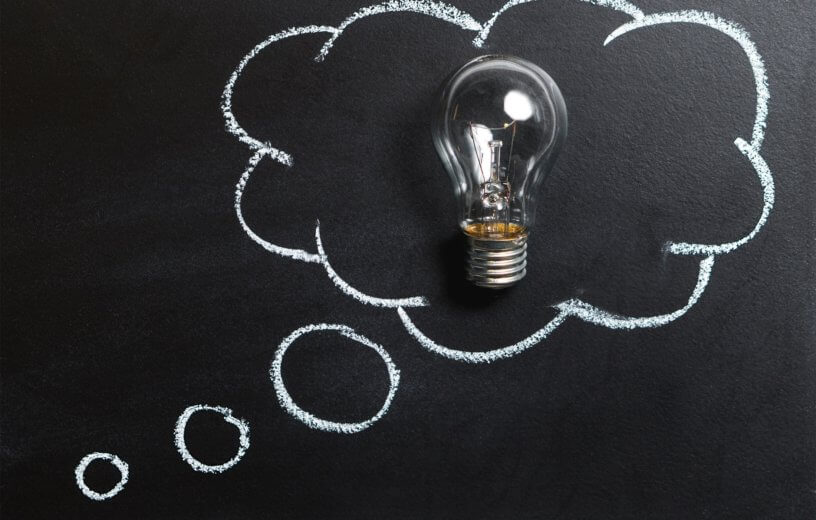AUSTIN, Texas — Have you ever racked your brain for the perfect idea, only to discover it later while doing something else? If so, you have experienced the power of a creativity break. But is there another tool to propel imagination? Can creativity be incentivized? Yes, according to the results of a new study.
Researchers with the University of Texas (UT) and the University of Illinois believe they have found a winning combination to maximize creative momentum. While the benefits of a creative “incubation period” are well known, study authors wondered what might happen when that simple act gets an incentivizing kick start.
“Creativity is not instantaneous,” says study co-author Steven Kachelmeier, the Randal B. McDonald accounting chair of the McCombs School of Business at UT, in a statement. “But if incentives promote enough ideas as seeds for thought, creativity eventually emerges.”
Researchers set up two experiments to uncover what type of incentive yields the highest level of creativity. The results revealed that the most creative ideas emerged when study participants were paid to produce a high quantity of ideas, without regard to quality. In both experiments, participants took a break after the initial creativity session and came back later to consider the first batch of ideas.
In the first experiment, participants created rebus puzzles — riddles that use a combination of letters and images to represent words, phrases or sayings. Some of the participants were paid by the quantity of ideas, some by the number of ideas that met a certain creativity standard, and some by a fixed wage of $25 for the session.
At first glance, it seemed that the fixed-wage worked just as well as incentivizing. But when participants returned 10 days later, those who had originally been paid by the volume of ideas produced outperformed the other groups in both quantity and quality of ideas, having “a distinct creativity advantage,” according to Kachelmeier.
The incubation period during which participants could rest their minds between sessions seems to be the key to unleashing creativity, researchers say. The combination of mass production along with rest leads to much more creative output than either strategy alone.
In the second experiment, study authors set out to discover how much rest time produces creative genius. This time, half of the participants were paid a fixed rate and half were paid by quantity of ideas. As in the first experiment, participants who were paid by volume did produce more ideas, but the initial ideas were no better than those coming from the fixed-rate group.
Then researchers took the participants on a relaxing 20-minute stroll around campus. The results? The pay-for-quantity group took off, producing more puzzles and of higher quality than the fixed-rate group.
“You need to rest, take a break and detach yourself — even if that detachment is just 20 minutes,” Kachelmeier concludes. “The recipe for creativity is try — and get frustrated because it’s not going to happen. Relax, sit back, and then it happens.”
Study results were published in the March 2019 issue of the Accounting Review.
